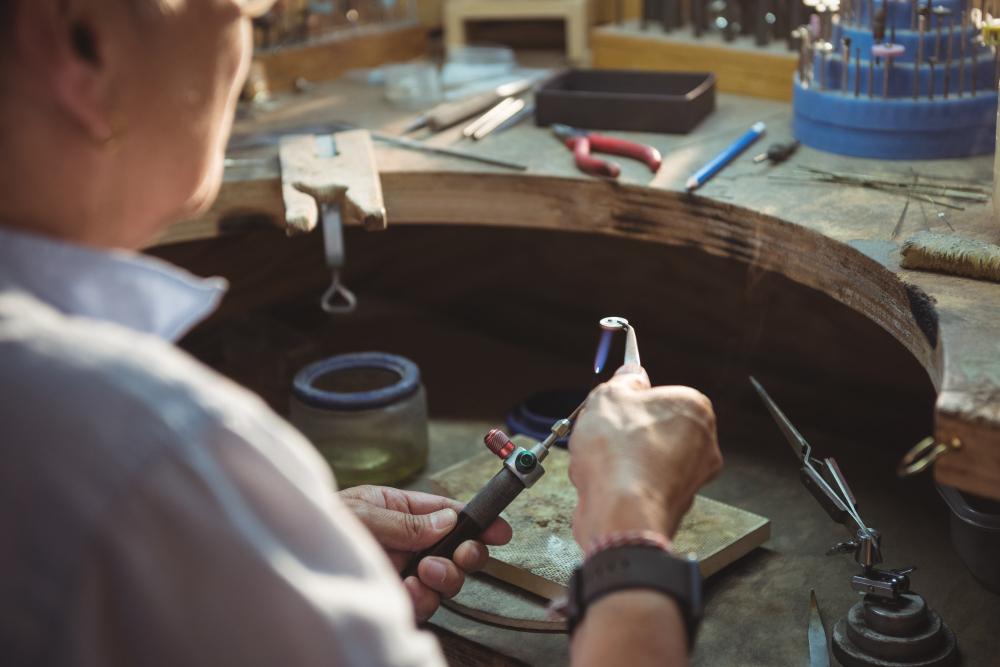Restoring ancient objects is a fascinating challenge. Whether sculptures, furniture, or art objects, these treasures of the past inevitably suffer the effects of time. To preserve them, techniques are needed that combine respect for authenticity with innovation. This is where 3D scanning comes in, a technology that has revolutionized the way experts approach the conservation and restoration of ancient objects.

Recently, museums like the Musée d’Archéologie Nationale de Saint-Germain-en-Laye have used 3D scanning to restore and preserve fragile works, without having to handle them directly. But how exactly can 3D scanning help restore ancient objects?
What is 3D scanning and how does it work?
3D scanning is the use of technological tools to capture the shape and details of an object in three dimensions. Unlike traditional photographs, it allows you to create a precise digital model that faithfully represents the object from all angles. This technique is based on different methods, such as photogrammetry or the use of 3D scanners.
But how does it work in practice?
Take photogrammetry for example dozens, even hundreds of photos are taken around the object from various angles. These photos are then processed by software that reconstructs a complete 3D model. This digital model can be manipulated, enlarged, and analyzed in great detail without touching the original object, which is particularly valuable for old and fragile objects.
In other cases, 3D laser scanners are used to directly capture the surface of the object. These scanners send beams of light that bounce off the object and measure distances to recreate its shape in 3D. With this technique, even the smallest cracks and wear are taken into account.
Why is 3D scanning useful for restoration?
One of the greatest advantages of 3D scanning is its ability to preserve every detail of an antique object. This technology allows you to create an exact digital copy, without the risk of damaging the original. This is particularly useful for fragile or damaged objects, such as sculptures or antique furniture, where improper handling could cause irreparable damage.
Another advantage is the possibility of virtually restoring an object before moving on to a physical intervention. For example, a restorer can use the 3D model to visualize and test different restoration solutions. This virtual phase helps avoid costly or irreversible errors.
Additionally, this technology makes it easy to create exact replicas through 3D printing. These replicas can be used in exhibitions or to fill in missing parts of the original object. For example, when parts of an antique piece of furniture are too damaged, a 3D-printed replica can be created to fill in the gaps without touching the authentic parts of the object.
Finally, the possibilities offered by large-format scanning are impressive. By capturing large objects with remarkable precision, this technique makes it possible to obtain high-resolution scans of sculptures or frescoes.
If you want to learn more about this method, you can explore this technology further with a large format scanner, capable of faithfully reproducing large-sized works.
Thus, thanks to these multiple possibilities, 3D scanning becomes an essential ally for those who wish to restore ancient objects while minimizing risks. It also offers a solution to create precise digital archives that will guarantee the preservation of cultural heritage for future generations.
How is 3D scanning used in practice in the restoration of ancient objects?
Real-life cases show how this technology has transformed the field. For example, the Cluny Museum in Paris recently used 3D scanning to restore damaged medieval sculptures.
Using this technology, restorers were able to create precise replicas of the missing parts, facilitating the restoration work while preserving the authenticity of the original sculptures.
In another case, the statue of Pharaoh Amenhotep III, more than 3,000 years old, was restored using 3D scanning. Experts used scanners to create a digital model of the statue, allowing them to better understand the damaged areas and virtually test repair solutions before physically intervening. This reduced the risk of errors and irreversible interventions.
This approach is also being adopted by museums such as the British Museum and the Smithsonian, which are digitizing their collections for future restorations and to allow researchers around the world to access these treasures without having to travel.
How does 3D scanning facilitate long-term preservation?
Beyond restoration, 3D scanning plays an important role in the long-term preservation of cultural heritage. One of the major advantages is the ability to digitally archive objects, ensuring their preservation as 3D files.
These digital archives become a backup in case of further deterioration, or even destruction, caused by natural disasters or accidents. This allows us to have an accurate version of the object, consultable at any time.
Before the fire in 2019, a digital model of the cathedral had been made. This allowed architects and restorers to have an exact plan of the structure, facilitating the reconstruction of the destroyed parts. Without this prior digitalization, the restoration project would have been much more complicated.
Conclusion
3D scanning opens a new chapter in the restoration and preservation of ancient objects. It offers the possibility of restoring works more precisely, of testing interventions before carrying them out, and of ensuring long-term conservation through digital archives. For museums, curators, and even individuals who own ancient objects, this is an opportunity that should not be overlooked.



















Comments 1